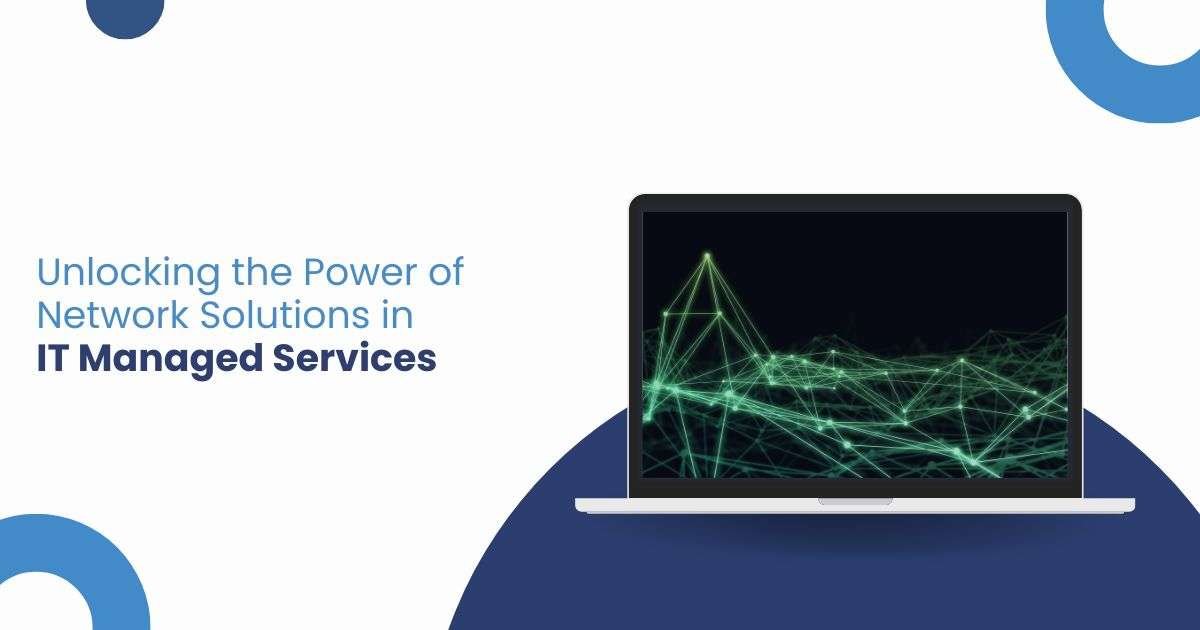
In today’s rapidly evolving digital landscape, businesses are increasingly reliant on robust and efficient reliable network solutions to drive their operations forward. From small startups to large enterprises, the demand for reliable connectivity, seamless communication, and secure data transfer has never been greater. This article explores the pivotal role...